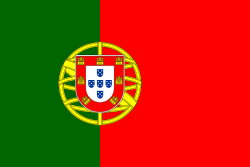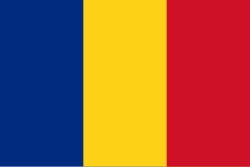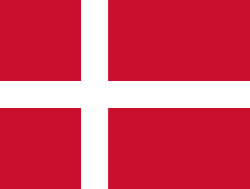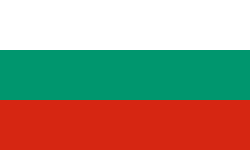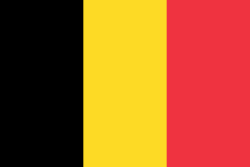Valencia
 For alternative betydninger, se Valencia (flertydig). (Se også artikler, som begynder med Valencia)
For alternative betydninger, se Valencia (flertydig). (Se også artikler, som begynder med Valencia)
| Valencia València | |||||
|---|---|---|---|---|---|
| |||||
 | |||||
| Overblik | |||||
| Land | |||||
| Borgmester | María José Catalá[1][2] | ||||
| Grundlagt | 138 f.v.t. | ||||
| Postnr. | 46000 | ||||
| Telefonkode | 96 | ||||
| Nummerpladebogstav(er) | V | ||||
| Demografi | |||||
| Indbyggere | 807.693 (2023) | ||||
| - Areal | 135 km² | ||||
| - Befolkningstæthed | 5.998 pr. km² | ||||
| Andet | |||||
| Tidszone | UTC+1 UTC+2 | ||||
| Højde m.o.h. | 15 m | ||||
| Hjemmeside | www.valencia.es | ||||
| Oversigtskort | |||||
Valencia (catalansk/valenciansk: València) er den tredjestørste by i Spanien og er samtidig navnet på den provins og den region, hvor byen er hovedby.
Byen Valencia har 807.693(2023)indbyggere, og inkl. forstæder og omkringliggende byer udgør den en storby-region med over 1,6 mio. indbyggere.
Valencia ligger ca. midt på den spanske østkyst ud til Middelhavet, syd for Barcelona.
Historie/begivenheder
3. juli 2006 blev Valencias metro ramt af en voldsom ulykke forud for et besøg af paven. Over 40 mennesker mistede livet ved den alvorlige ulykke.
Referencer
- ^ Navnet er anført på engelsk og stammer fra Wikidata hvor navnet endnu ikke findes på dansk.
- ^ www.ara.cat (fra Wikidata).
Eksterne henvisninger
| Spire |
Medier brugt på denne side
Forfatter/Opretter: Roi González Villa (Vivaelcelta), Licens: CC BY-SA 3.0
Location map of Spain
Equirectangular projection, N/S stretching 130 %. Geographic limits of the map:
- N: 44.4° N
- S: 34.7° N
- W: 9.9° W
- E: 4.8° E
The Flag of Europe is the flag and emblem of the European Union (EU) and Council of Europe (CoE). It consists of a circle of 12 golden (yellow) stars on a blue background. It was created in 1955 by the CoE and adopted by the EU, then the European Communities, in the 1980s.
The CoE and EU are distinct in membership and nature. The CoE is a 47-member international organisation dealing with human rights and rule of law, while the EU is a quasi-federal union of 27 states focused on economic integration and political cooperation. Today, the flag is mostly associated with the latter.
It was the intention of the CoE that the flag should come to represent Europe as a whole, and since its adoption the membership of the CoE covers nearly the entire continent. This is why the EU adopted the same flag. The flag has been used to represent Europe in sporting events and as a pro-democracy banner outside the Union.Flag of Portugal, created by Columbano Bordalo Pinheiro (1857–1929), officially adopted by Portuguese government in June 30th 1911 (in use since about November 1910). Color shades matching the RGB values officially reccomended here. (PMS values should be used for direct ink or textile; CMYK for 4-color offset printing on paper; this is an image for screen display, RGB should be used.)
Flag of Austria with the red in the Austrian national colours which was official ordered within the Austrian Armed Forces (Bundesheer) in the characteristic “Pantone 032 C” (since May 2018 the Red is ordered in the characteristic “Pantone 186 C”.)
Finlands flag
Forfatter/Opretter: jynus, Licens: CC BY-SA 3.0
Silhouette of Spain with Spanish Flag.
Forfatter/Opretter: Nicolas Vollmer from Munich [Allemagne], Licens: CC BY 2.0
Vue sur la ville depuis la Tour du Miguelete
Flag of the Land of Valencia, 1:2 ratio
Forfatter/Opretter: Macondo, Licens: CC BY-SA 4.0
Coat of arms of València, Valencian Community, Spain.











